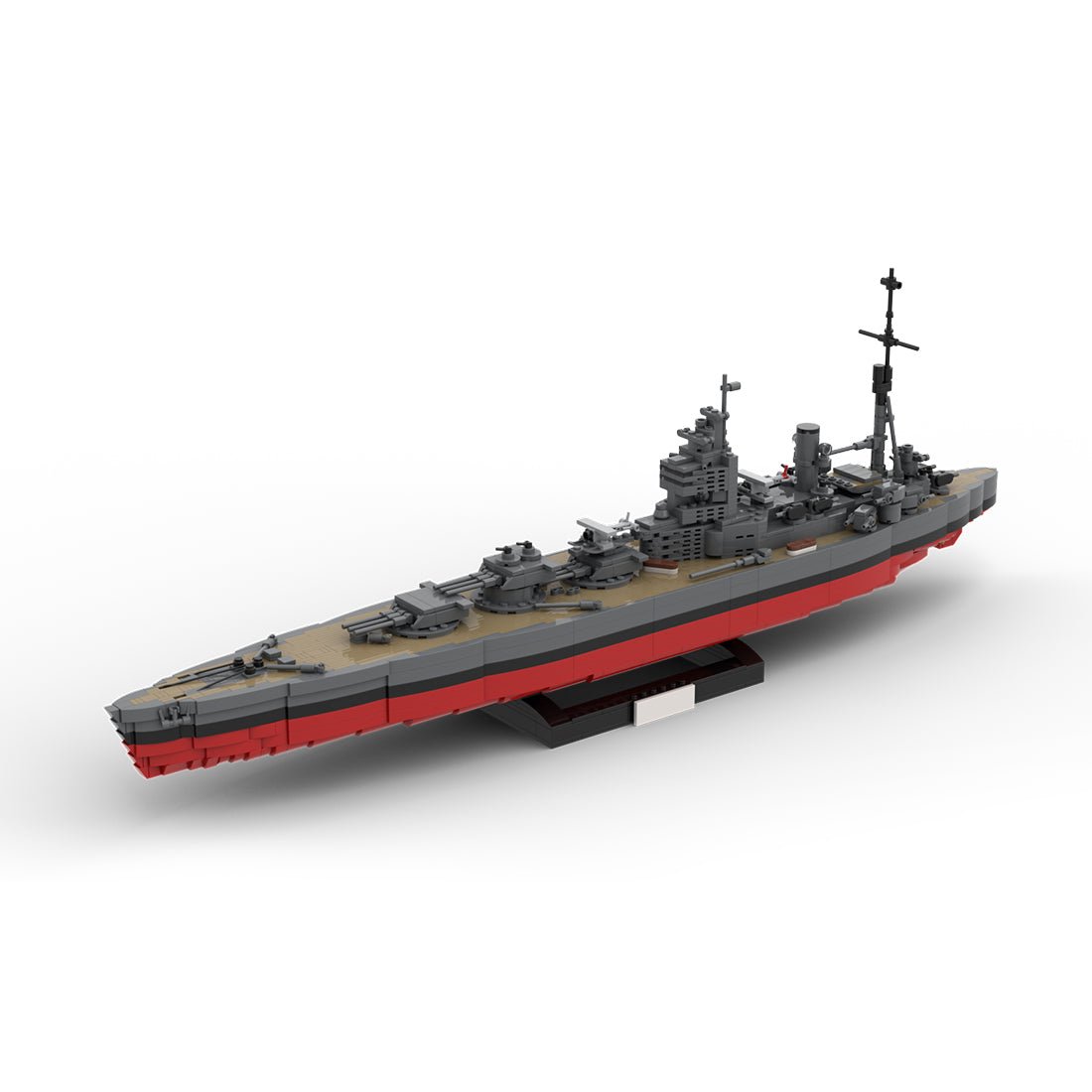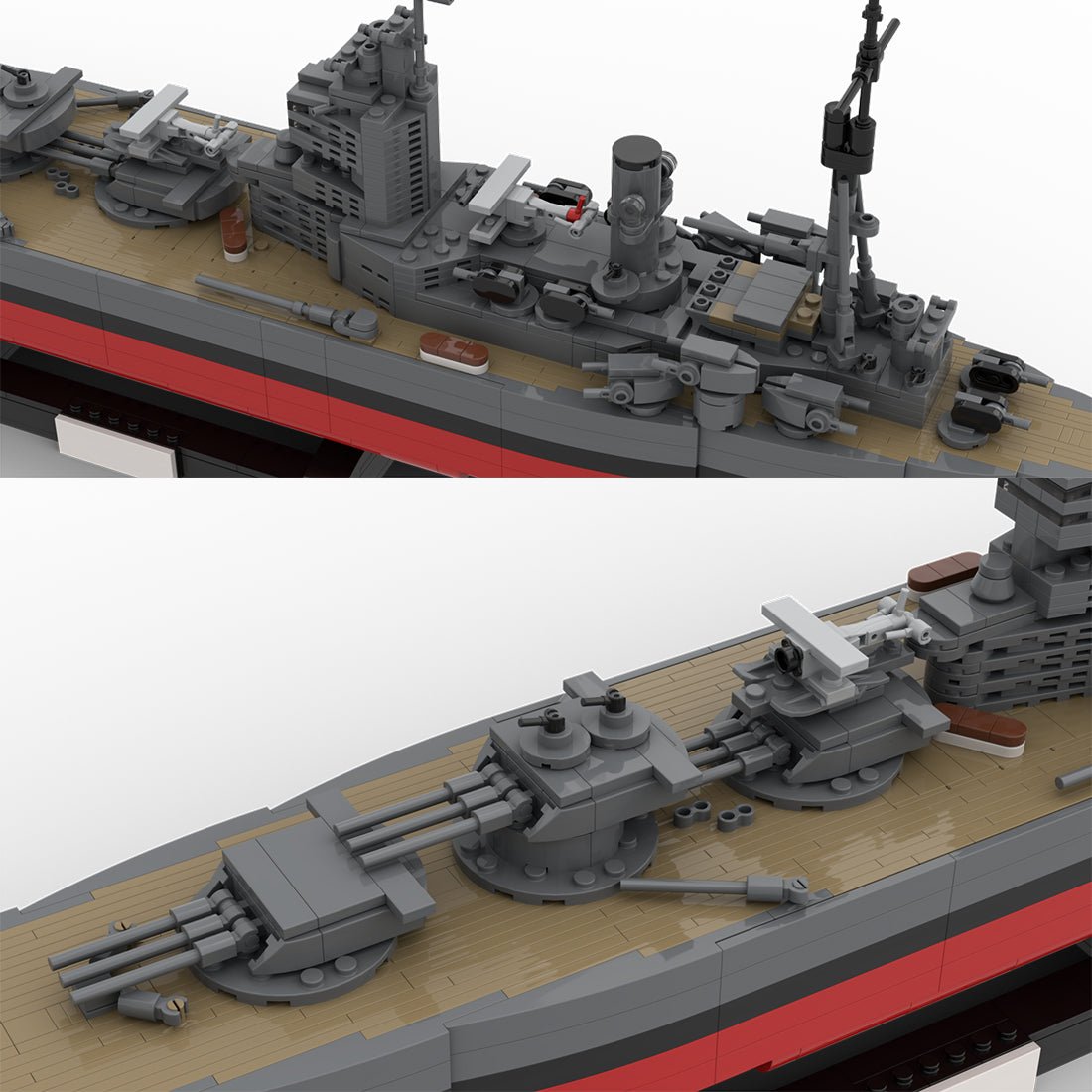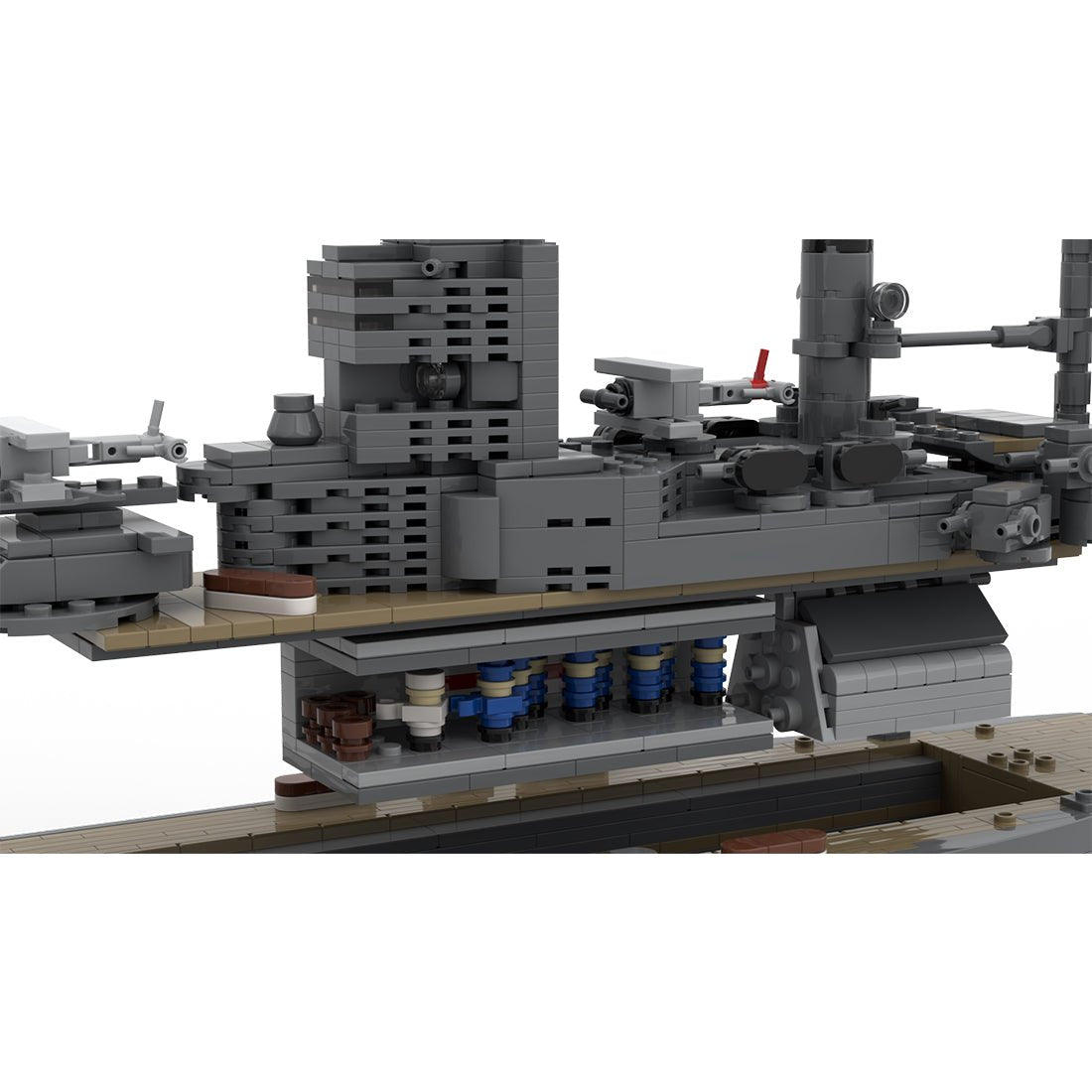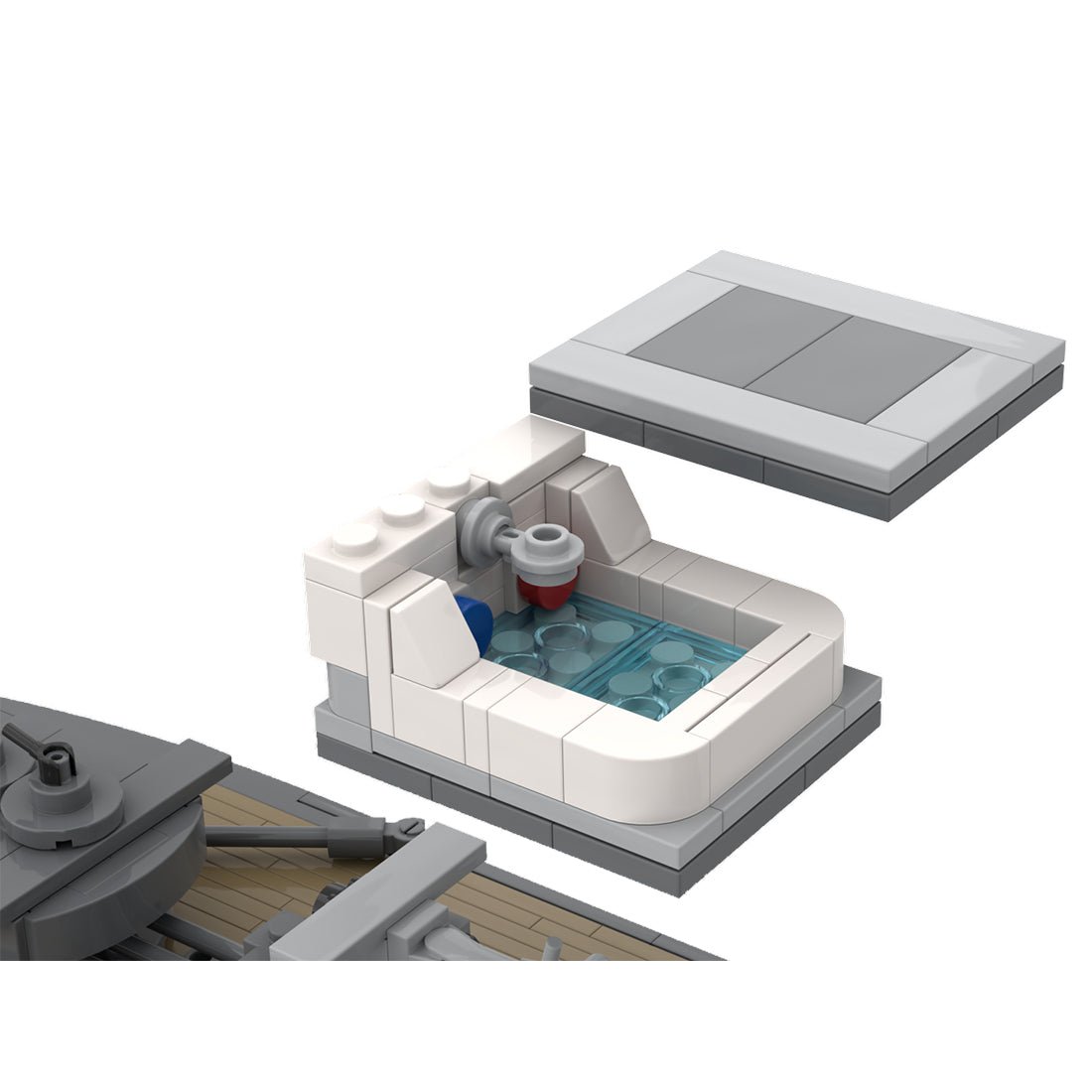Battleship Rodney in 1:300 scale from the British military of the Second World War.
Battleship Rodney in 1:300 scale from the British military of the Second World War. - Normale Version is backordered and will ship as soon as it is back in stock.
Couldn't load pickup availability
Logistikkosten
Logistikkosten
Derzeit können wir Zollabfertigungsdienste in den meisten EU-Ländern anbieten. Die Länder sind wie folgt: Frankreich, Deutschland, Italien, Niederlande, Belgien, Irland, Vereinigtes Königreich, Dänemark, Griechenland, Spanien, Portugal, Finnland, Schweden, Österreich, Polen, Tschechische Republik, Ungarn, Slowakei, Zypern, Rumänien, Bulgarien.
Kostenloser Versand innerhalb Deutschlands und Österreichs (inkl. Zollabfertigung).
Die Schweiz (unter 5 kg) kann auch Zollabfertigungsdienste anbieten. Die Versandkosten in die Schweiz und in andere Länder entnehmen Sie bitte der Tabelle unten. Schweiz
| 0-5kg | €20.00 |
| 5-6kg | €34.00 |
| 6-8kg | €42.00 |
| 8-10kg | €52.00 |
| 10-12kg | €62.00 |
| 12-14kg | €70.00 |
| 14-16kg | €75.00 |
| 16-18 kg | €85.00 |
| 18-20 kg | €90.00 |
| 20-22 kg | €90.00 |
| 22-24kg | €90.00 |
| 24-30kg | €100.00 |
| 30kg+ | €150.00 |
United States
| United States | €30.00 |
Canada
| Canada | €30.00 |
Norwegen
| Norwegen | €15.00 |
Niederlande
| Niederlande | €10.00 |
Luxembourg
| Luxembourg | €10.00 |
-
This model, made by the renowned count_of_brick, faithfully reproduces the British WWII battleship Rodney. The battleship features an unconventional design with three triple 406mm main turrets forward of the bridge and the engine room aft. It also has a communications tower on the mainmast . This model is well designed, sturdy and offers a fun assembly experience, making it a highly collectible and visually appealing model.
-
The battleship Rodney was one of two Nelson-class battleships built for the Royal Navy in the mid-1920s. She was commissioned in 1928 and served with the Atlantic and Home Fleets in peacetime, sometimes acting as a lead ship when her sister ship Nelson was being refitted. At the start of World War II, Rodney hunted German commerce raiders, took part in the Norway Campaign, and escorted convoys across the Atlantic. In mid-1941, Rodney played a crucial role in the sinking of the German battleship Bismarck.
-
After a brief refit in the United States, Rodney escorted convoys to Malta and supported Operation Torch in late 1942. In 1943, she provided cover for the invasions of Sicily (Operation Husky) and Italy (Operation Baytown). During the Normandy landings in June 1944, Rodney provided artillery fire support and participated in offensives near Caen, France. Later that year, she escorted a convoy across the Arctic to the Soviet Union. Due to frequent use and inadequate refit, Rodney was in poor condition and was placed in reserve in late 1945. She was finally scrapped in 1948.












